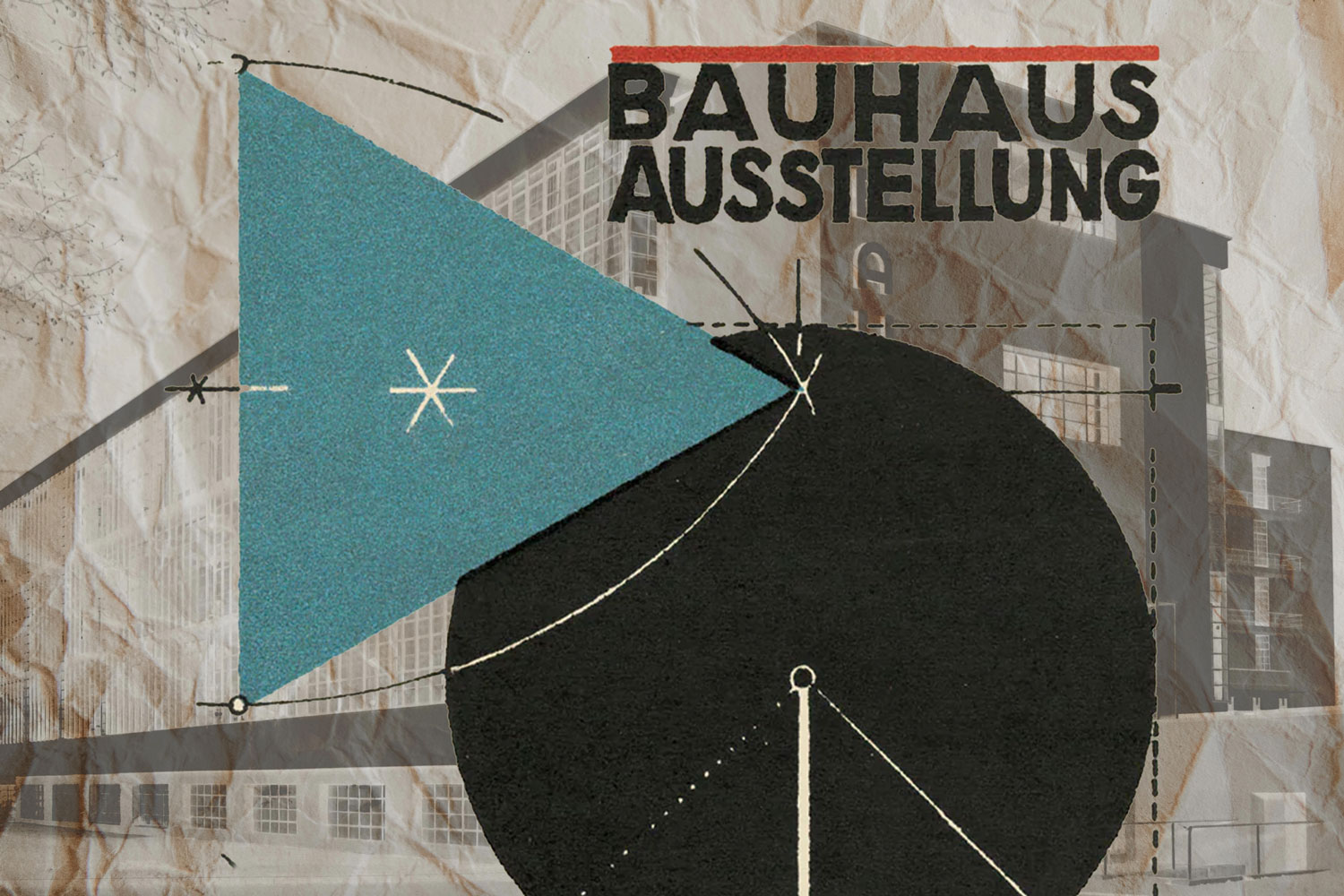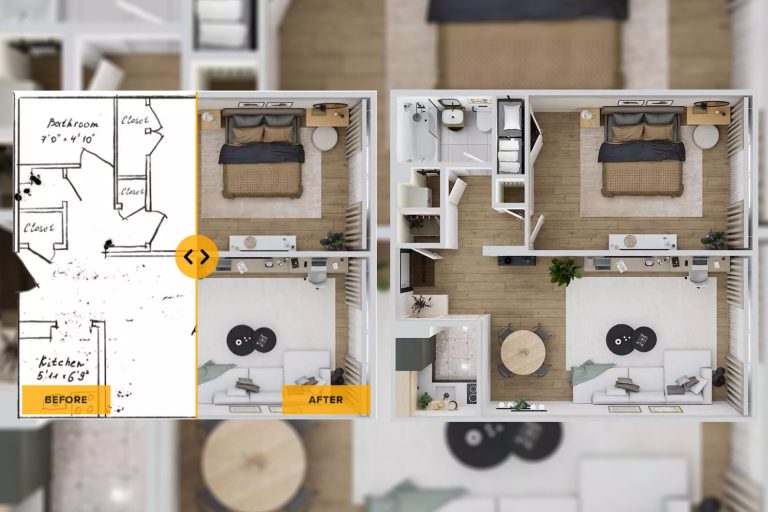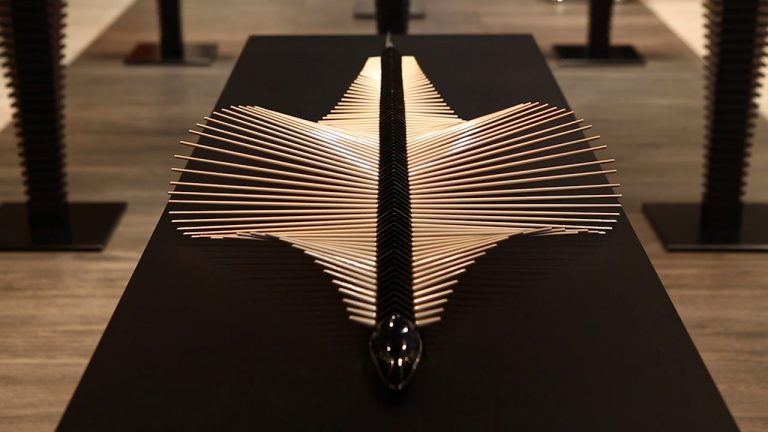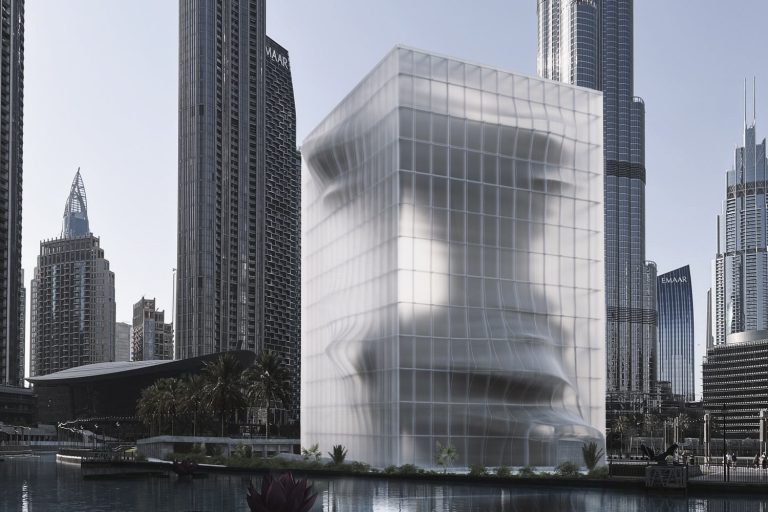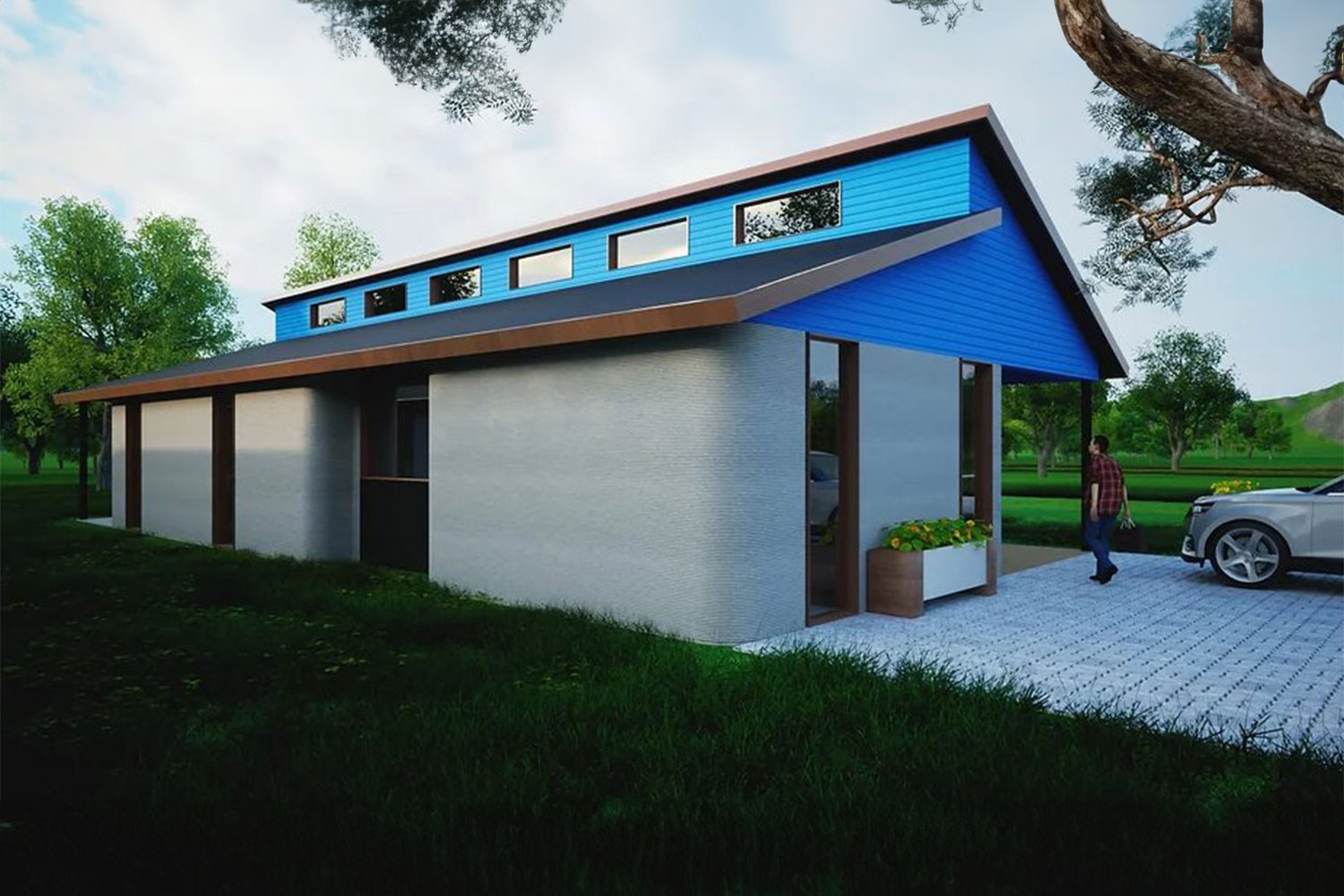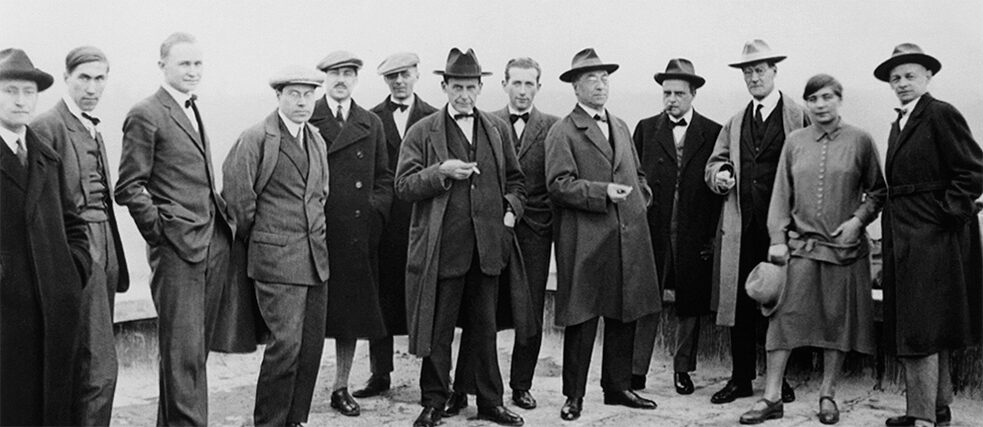
The first Bauhaus Exhibition was held in Weimar, 100 years ago today, from August 15th to September 30th, 1923. At this important event, the members of the Bauhaus movement exhibited their work at various locations, including today’s Museum Neues Weimar, Van de Velde Building, and Haus Am Horn. So, let’s look at the history and influence of the Bauhaus movement.
In 1919, Walter Gropius founded Bauhaus (Staatliches Bauhaus) to combine sculpture, painting, design, and architecture into a cohesive discipline. The school, which taught students from 1919 to 1933, gained recognition for its approach to design that aimed to harmonize individual artistic expression with mass production principles and a focus on utility. Walter Gropius, a German architect and founder of the Staatliches Bauhaus, said, “Our guiding principle was that design is neither an intellectual nor a material affair, but simply an integral part of the stuff of life, necessary for everyone in a civilized society.”
The school aimed to raise awareness among artists about societal and social issues and instill a sense of responsibility in them. Over almost 14 years, the Bauhaus had a profound impact on creative and artistic thinking around the world. The respected school included several renowned figures, such as Walter Gropius, Ludwig Mies van der Rohe, Paul Klee, Wassily Kandinsky, Oskar Schlemmer, and others.
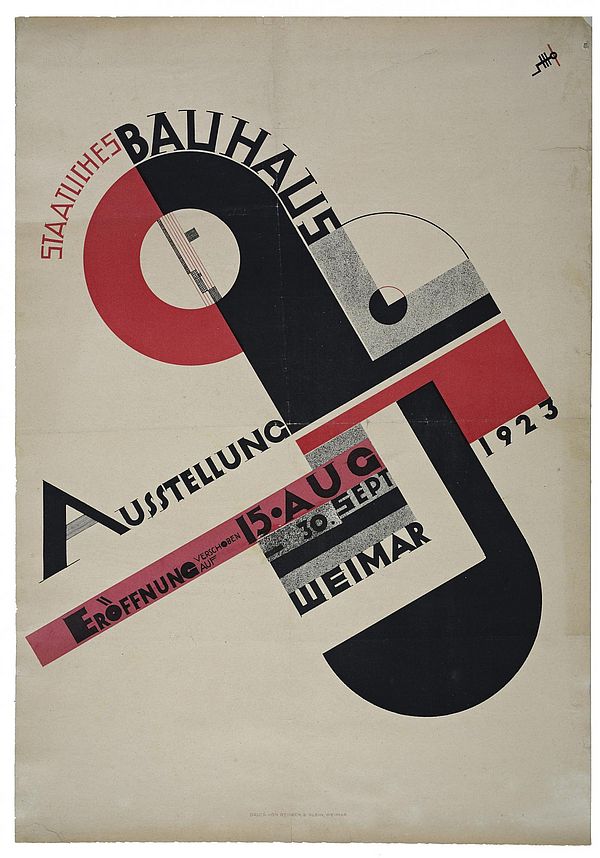
“The ultimate goal of all art is the building! The ornamentation of the building was once the main purpose of the visual arts, and they were considered indispensable parts of the great building. Today, they exist in complacent isolation, from which they can only be salvaged by all artisans’ purposeful and cooperative endeavors. Architects, painters, and sculptors must learn a new way of seeing and understanding the composite character of the building, both as a totality and in terms of its parts. Their work will then re-imbue itself with the spirit of architecture, which it lost in salon art.”
Walter Gropius, Bauhaus Manifest
However, the political climate of Germany at the time of the Bauhaus caused the school to experience different problems. Bauhaus, which is located in Weimar, moved to Dessau in 1925. The Dessau period (1925-1932) was when the identity and philosophy of the Bauhaus reached full maturity. With the increasing national socialist threats day by day, the Bauhaus was moved to Berlin in 1932, 9 years later, and it was closed by the Nazis in 1933, never to be opened again, although it tried to continue education and training there.
The artists who left the Bauhaus, which was closed due to the Nazis, went to other European countries and America, and they were influential in the spread of the Bauhaus school in these countries. Nagy and Gropius established the Chicago Design School and had a say in the management of this school, and under their leadership, they had the opportunity to apply architectural and industrial products by using the rules of the Bauhaus School. Ludwig Mies van der Rohe went to the Illinois Institute of Technology and worked there for many years. Also, Walter Gropius took a chair at Harvard and Yale Universities.
Furniture Design
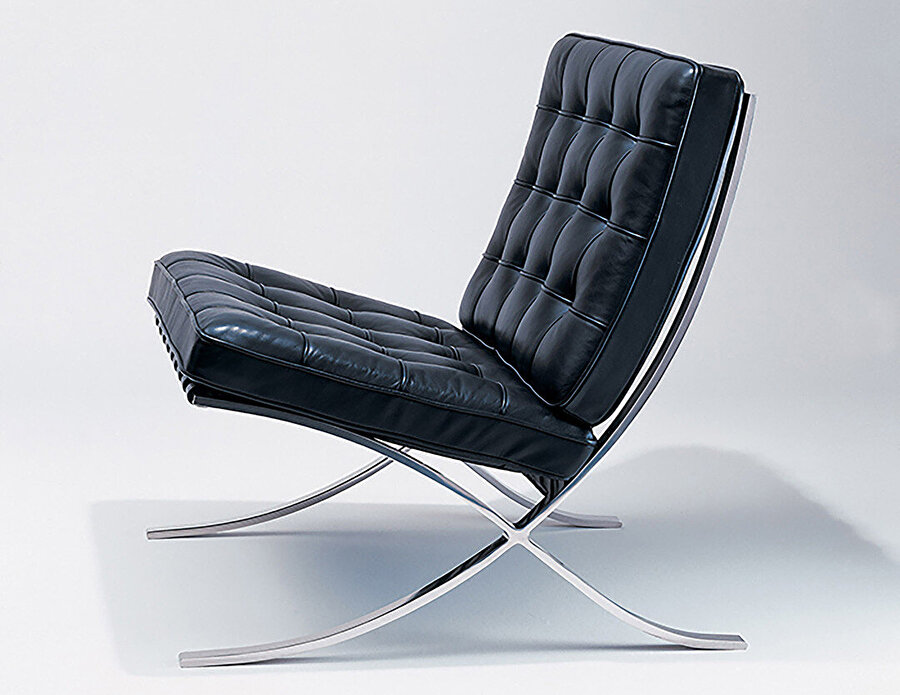
The masters and students of the Bauhaus school have preserved some of the most iconic furniture pieces of the 20th century.
One of the most famous examples of Bauhaus movement furniture is the Barcelona Chair. It was designed for the Barcelona International Exposition in 1929; Bauhaus director Ludwig Mies van der Rohe and architect Lilly Reich designed the Barcelona Chair. It consists of essential elements and precise geometric shapes. This industrial design, which is aesthetically pleasing and accessible to a broad audience, consists of two light, leather-covered sponges on stainless steel. Although it is a conventional production method in today’s conditions, we can say that it is a first for its time.
“A chair is a very difficult object to make. Anyone who’s already tried to make them knows this. There are infinite possibilities and many problems – the chair has to be light, it has to be solid, it has to be comfortable. It’s practically easier to construct a skyscraper than a chair.” said Ludwig Mies van der Rohe about Barcelona Chair.
Although only two were produced originally, the design was put into production and became very popular. This chair has been in production since 1929. The design, made in 1930-1934 under the name MR90, has been produced by Knoll since 1953.
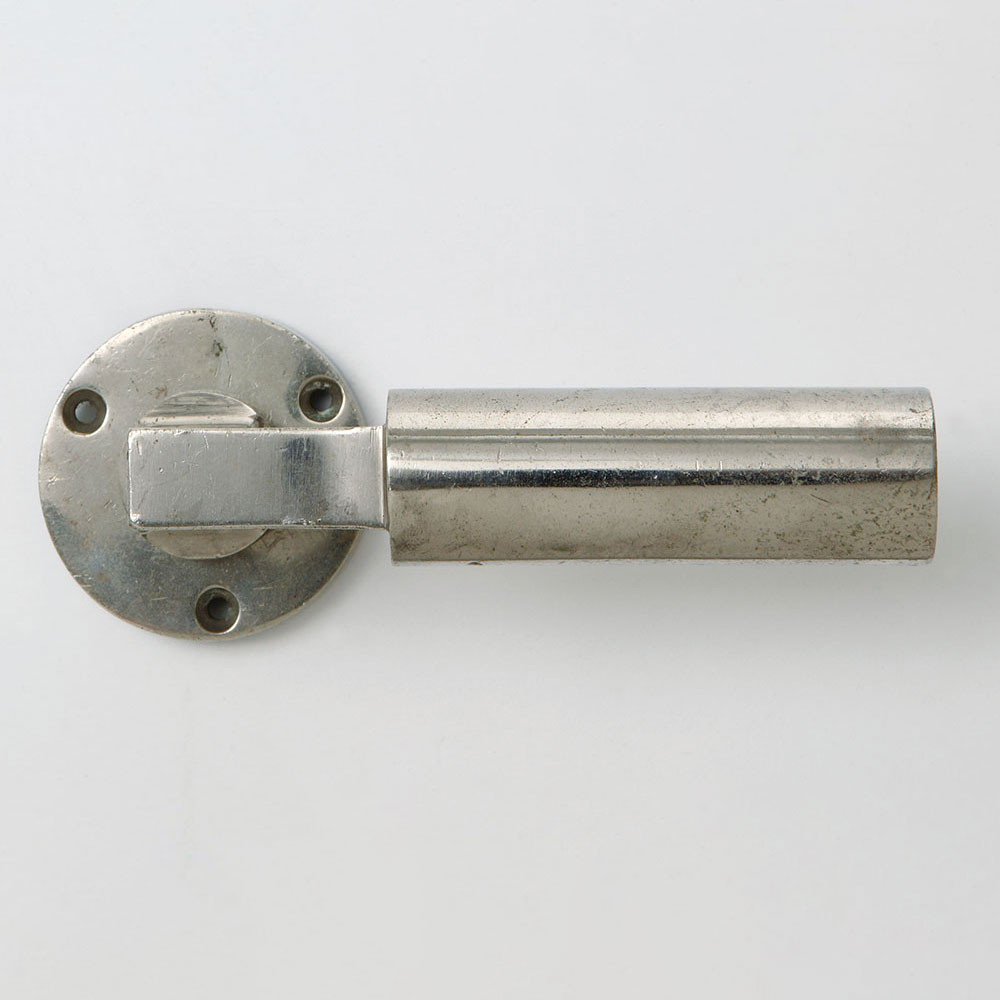
Image © Domaine de Boisbuchet
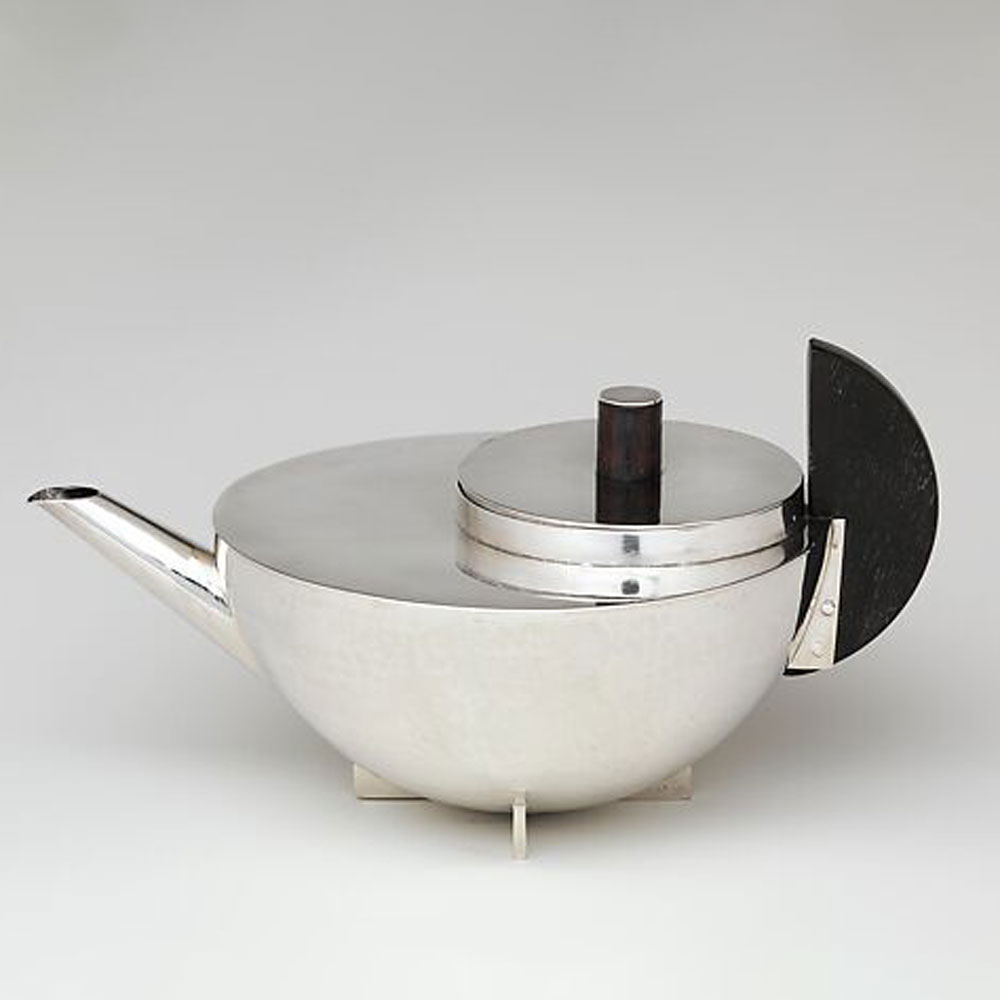
Image © The Metropolitan Museum of Art
Another well-known example of the Bauhaus movement is Door Handle, designed by Adolf Meyer and Walter Gropius in 1922. In addition to its simplicity, the designers wanted to express that the Bauhaus approach can be applied to every detail with its robustness and usefulness. The aesthetic understanding of door and window handles today began with the Bauhaus, and this design has become the most impressive applied arts element of the twentieth century. This design is completely functional while also being elegant and well-balanced.
Marianne Brandt’s Tea Infuser and Strainer, which she designed in 1924, is another perfect example of a Bauhaus-designed object. Its small size, only three inches high, is due to its purpose. Unlike regular teapots, this infuser is meant to create a concentrated extract. It can produce tea of any strength when added to hot water in a cup. The traditional elements of a teapot have been reimagined as abstract geometric shapes. The handle, made from a slice of ebony in the form of a “D,” is placed high on the infuser for easy pouring. This provides a strong vertical contrast to the object’s horizontal design.
Architecture

Functional shapes, abstract shapes infrequently used for décor, simple color schemes, holistic design, and basic industrial materials such as concrete, steel, and glass are all hallmarks of Bauhaus architecture.
Bauhaus architecture aims to focus on naturally using materials. This occurs by covering the materials and bringing them to the fore instead of decorating them. The functionality of shapes and preferring simple schemes in colors are among the features you can see in Bauhaus architecture. For example, before and during the rise of the Bauhaus school, design trends such as Victorian style, colonial style, and art deco were highly decorative and ornate. By aiming for simple, functional buildings and furniture, Bauhaus revolutionized the design field of the time.
Dessau Bauhaus is the most iconic building of the Bauhaus school. Walter Gropius designed it between 1925 and 1926. Gropius has adopted an approach that emphasizes functionality, geometric forms, and industrial materials in the design of the Dessau Bauhaus. The exterior of the building is decorated with large windows made of glass and steel. This allows plenty of natural light to enter the building. At the same time, the minimalist design and clean lines of the building reflect the Bauhaus aesthetic.

Gropius House, one of the most known examples of Bauhaus architecture, is the home of Bauhaus founder Walter Gropius in Lincoln, Massachusetts. The house and its surroundings were designed with Bauhaus principles, emphasizing maximum functionality and simplicity. Gropius was also responsible for landscaping the house, which included a garden of perennial plants extending to the south-facing veranda. Despite the house being situated on level ground, Gropius preserved the surrounding wooded areas, providing natural views from the house’s south, east, and west facades.
Also, the Gropius House is considered one of the first representatives of the architectural movement called the International Style (internationalism). In addition, one of the main features that contrast the Gropius House from the surrounding houses is its terrace roof. Although terrace roofs were becoming more common in some parts of the United States and Europe, in the 1930s, no flat roof was seen in any house in Lincoln.
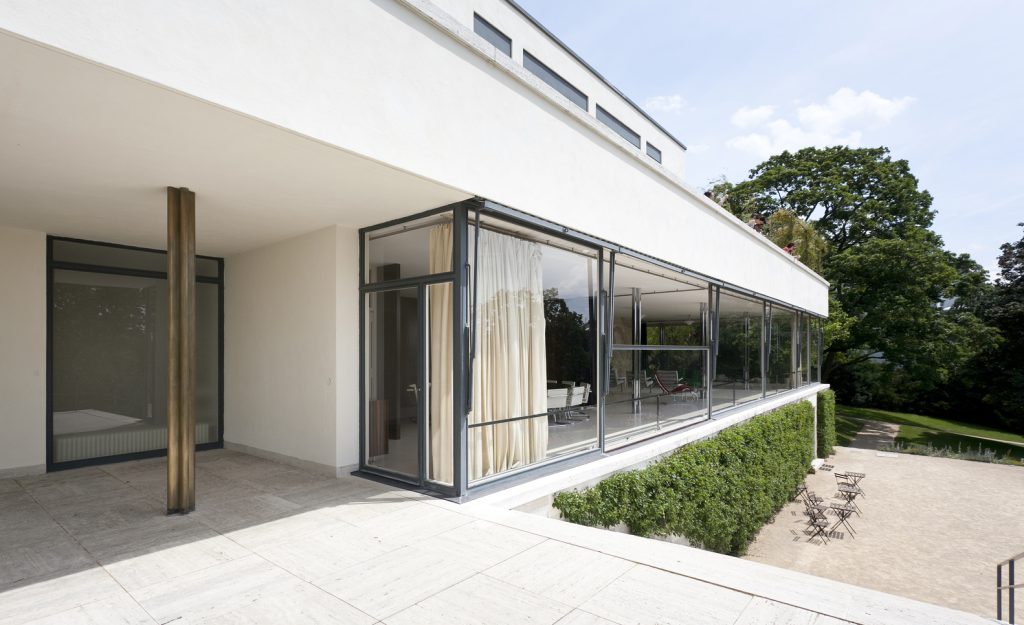
Another example is Mies van der Rohe’s Villa Tugendhat, a residential villa in Brno, Czech Republic, considered an important example of modern architecture. It was designed by Ludwig Mies van der Rohe and was built between 1928 and 1930. Also, This private residential building reflects Mies van der Rohe’s minimalist approach and “less is more” principle.
With its open-plan layout, large glass panels, and flat roof, Villa Tugendhat reflects the design approach of Mies van der Rohe, considered one of the pioneers of modern architecture. The exterior of the Villa is covered with white plastered reinforced concrete panels and large glass surfaces. Clean lines, minimal ornaments, and geometric forms are used following the principles of Bauhaus.
The villa has undergone some changes and damage over time. However, the original design remained faithful thanks to a restoration in the 1980s.
Graphic Design
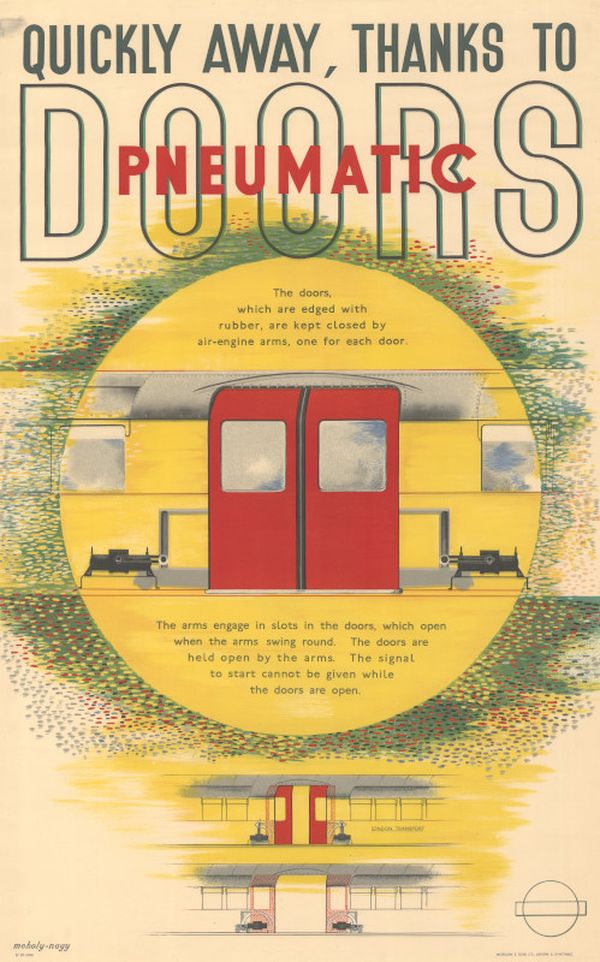
Bauhaus has also brought essential innovations and principles in graphic design. One of the basic principles of Bauhaus is that the designs are clear. This principle also applies to graphic design. Complexity is avoided in the images, and clean lines and simple forms are preferred. Also, Bauhaus understood the power of typography and emphasized typographic design. Clean and readable typography is a point Bauhaus emphasizes.
Johannes Itten, Lyonel Feininger, and Gerhard Marcks were part of the Weimar Bauhaus core under Walter Gropius’s guidance. From 1919 to 1922, Itten taught at the Bauhaus, where he developed the “preliminary course” to educate students on material characteristics, composition, and color basics. Itten proposed seven color contrasts and created exercises to teach them. His color contrasts include hue, value, temperature, complements (neutralization), simultaneous contrast (from Chevreuil), saturation (mixtures with gray), and extension (from Goethe).
Pioneering professors such as László Moholy-Nagy, Herbert Bayer, Joost Schmidt, Jan Tschichold, and Josef Albers shaped the minimalist and functional side of graphic design, emphasizing principles such as clean typography, geometric forms, and color theory. The teachings of these masters are still considered the cornerstones of modern graphic design today, traces of the Bauhaus can be seen behind every new design.
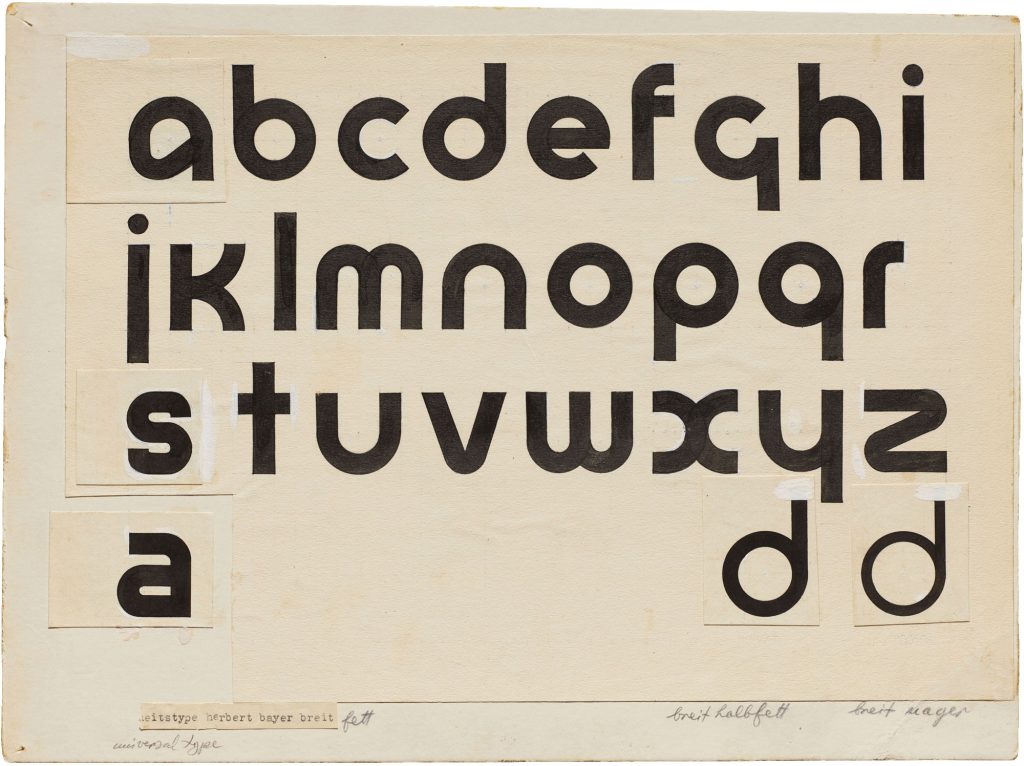
Walter Gropius invited Moholy-Nagy to teach at the Bauhaus in Weimar, Germany, in 1923. He replaced Paul Klee as Head of the Metal Workshop and took over Johannes Itten’s role of co-teaching the Bauhaus foundation course with Josef Albers. This actually ended the school’s expressionistic leanings and moved it closer to its original goals as a design and industrial integration school. Moholy-Nagy was no exception to the Bauhaus’ reputation for the versatility of its artists. Throughout his career, he honed his photography, typography, sculpture, painting, printmaking, filmmaking, and industrial design skills.
Herbert Bayer was also the school’s first typography master. His involvement in the movement led to the creation of ‘Universal,’ a Bauhaus-style font. It was an unfinished work that was completed in 1969 to create the font “Bauhaus.”
Today, Bauhaus’s design vision continues to be influential. Modern designers often use clean, simple forms, careful color selection, and an approach emphasizing functionality. The teachings of the Bauhaus, combined with the requirements of the digital age, form the essence of contemporary design. Therefore, the Bauhaus movement remains important as a historical event and a design philosophy that inspires the future.


